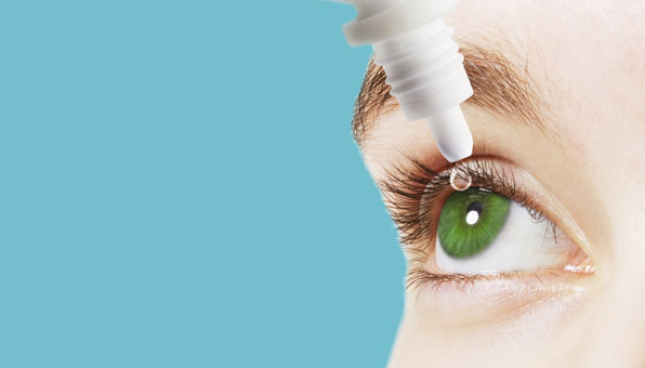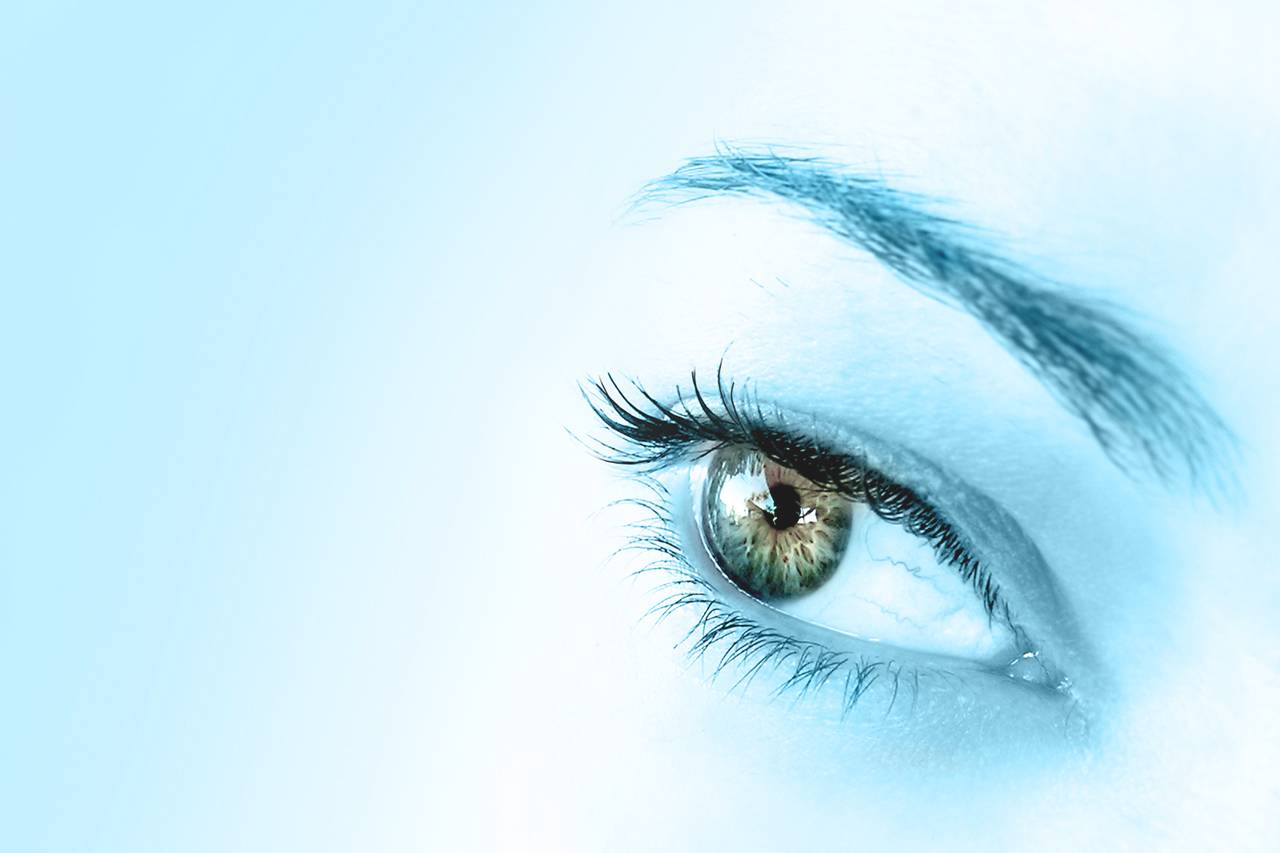The Complete Breakdown of Retina Disorders and How They Affect Your Vision
The intricate network of cells in the retina plays an essential role in translating light right into the photos that allow us to regard the globe around us. Retina conditions can disrupt this fragile procedure, bring about an array of vision disabilities. Recognizing the intricacies of these conditions is crucial for realizing just how they affect your vision and the potential effects they may have on your general eye health. By exploring the anatomy of the retina, common disorders that can influence it, their causes, signs and symptoms, and available treatment choices, we can get important insights right into protecting and securing our vision.
Summary of Retina Composition
The intricate framework of the retina serves as the structure for visual assumption and plays a vital role in the procedure of transforming light right into neural signals for the mind to analyze. Situated at the rear of the eye, the retina contains several layers that interact perfectly to promote vision. At the core of this complex structure are photoreceptor cells referred to as poles and cones. Rods are accountable for vision in low light problems and discovering activity, while cones are important for shade vision and thorough visual acuity. These photoreceptor cells convert light energy into electrical signals that are then refined by other retinal cells, such as bipolar cells and ganglion cells. The bipolar cells send signals from the photoreceptors to the ganglion cells, which in turn send out these signals with the optic nerve to the brain for visual processing. Recognizing the intricate composition of the retina is basic in comprehending exactly how vision features and exactly how various retina conditions can impact visual assumption.

Typical Retina Disorders
Retina conditions incorporate a series of problems that impact the detailed framework of the eye responsible for visual processing. One typical problem is age-related macular deterioration (AMD), a leading reason of vision loss in people over 50. AMD influences the macula, a part of the retina vital for sharp main vision, causing blurriness or blind spots in the central visual field.
One more common condition is diabetic retinopathy, happening in individuals with diabetes. High blood sugar level levels harm the capillary in the retina, causing vision disability or blindness if left neglected. Retinal detachment is a significant disorder where the retina pulls away from its regular placement, causing a sudden beginning of advances, flashes of light, or loss of vision in a curtain-like pattern.
Lastly, retinitis pigmentosa is a group of genetic problems that create the failure and loss of cells in the retina, leading to night blindness and a progressive narrowing of the aesthetic area - eye doctors in andalusia. Comprehending these common retina conditions is vital in maintaining vision and looking for prompt clinical treatment
Reasons of Retina Disorders
Numerous factors contribute to the advancement of retina conditions, including hereditary tendencies, lifestyle choices, and underlying wellness conditions. Genetic tendencies play a considerable role in several retina conditions, such as retinitis pigmentosa and macular deterioration. Individuals with a family members history of these problems are at a greater risk of developing them due to inherited genetic mutations impacting the retina's feature.
Way of life choices can additionally affect retina health. Smoking, for instance, has actually been connected to an enhanced danger of age-related macular degeneration, an usual retina problem that can cause vision loss. Poor nutritional habits lacking crucial nutrients like vitamins A, C, and E, as well as omega-3 fats, can additionally add to the growth of retina disorders.
Diabetic retinopathy, a problem of diabetes, can cause damage to the blood vessels in the retina, leading to vision disability. High blood pressure can result in hypertensive retinopathy, where high blood stress influences the blood vessels in the retina, possibly triggering vision issues.
Symptoms and Diagnosis
Provided the considerable influence that causes such as hereditary tendencies, way of life choices, and underlying health problems can carry the advancement of retina disorders, it is important to recognize the signs and symptoms and make use of efficient diagnostic approaches for very early detection and monitoring. Signs of retina disorders can differ relying on the certain condition yet might include obscured or distorted vision, the abrupt look of floaters or flashes of light, a dark place in the center of your vision, or a gradual loss of main vision. If you experience any of these signs and symptoms, it is vital to seek prompt medical focus.
Detecting retina conditions typically entails an extensive eye exam, which may consist of visual skill examinations, dilated eye examinations, optical comprehensibility tomography (OCT), fluorescein angiography, or other imaging examinations. Your eye care copyright may advice additionally ask about your clinical history and any kind of household history of eye problems. Early detection through Bonuses normal eye exams is essential to avoiding vision loss and handling retina conditions effectively. If identified with a retina disorder, your doctor will work with you to create a personalized therapy plan to maintain your vision.

Treatment Options and Monitoring
Treatment alternatives for retina conditions differ depending on the underlying cause and seriousness of the problem. In instances of retinal detachment, medical interventions such as vitrectomy or scleral fastening might be required to reattach the retina and stop vision loss.
Regular eye exams and very early detection of retina disorders are essential for effective monitoring and treatment results. Patients with retina conditions ought to work closely with their eye doctor to create click this link an individualized therapy strategy that resolves their particular needs and aids preserve optimum visual function.
Conclusion
To conclude, comprehending the anatomy of the retina, typical disorders, creates, signs and symptoms, medical diagnosis, and treatment alternatives is crucial in handling vision disabilities. Retina conditions can dramatically affect vision and lifestyle, making early detection and correct monitoring necessary. By staying notified about these problems and looking for proper treatment, people can better preserve their vision and keep total eye health and wellness.

Recognizing the intricate anatomy of the retina is fundamental in comprehending how vision functions and how various retina disorders can impact visual assumption.
Retinal detachment is a significant problem where the retina draws away from its typical placement, creating an abrupt start of drifters, flashes of light, or loss of vision in a curtain-like pattern.
Signs of retina conditions can vary depending on the certain problem however may include obscured or misshaped vision, the sudden appearance of drifters or flashes of light, a dark spot in the center of your vision, or a gradual loss of main vision.In final thought, comprehending the anatomy of the retina, common problems, triggers, signs, diagnosis, and therapy choices is important in managing vision disabilities.